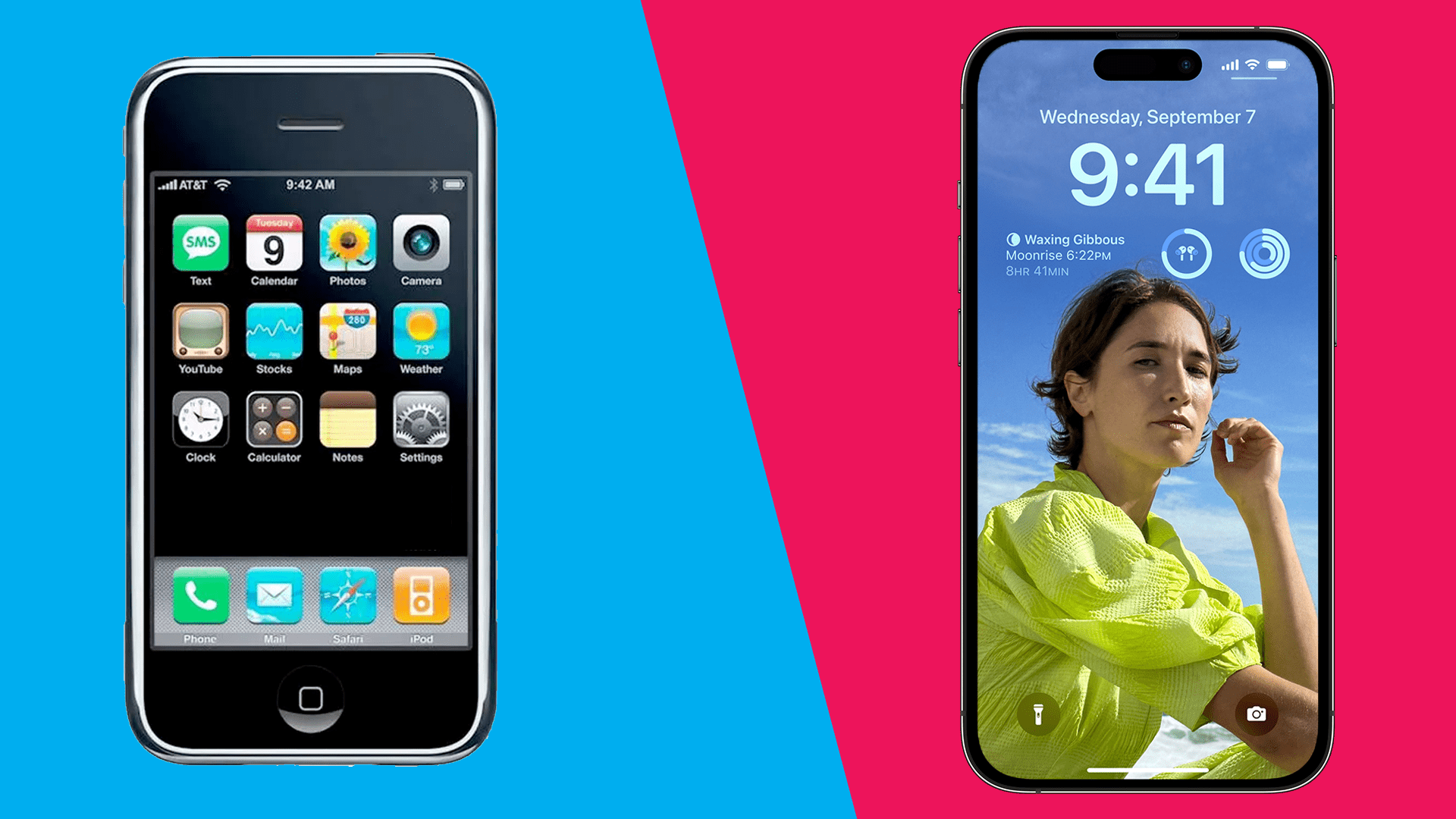
A Definitive Ranking of iOS Versions: From Worst to Best
The evolution of iOS has been a fascinating journey, marked by significant leaps in functionality, design, and user experience. From its humble beginnings to the sophisticated operating system we know today, each iteration has brought its own set of strengths and weaknesses. This comprehensive ranking considers factors such as performance, innovation, user interface, and overall impact on the mobile landscape. Let’s delve into the detailed analysis of each version, culminating in a definitive ranking from worst to best.
The Bottom of the Barrel: iOS Versions 1-3
The early days of iOS were a period of experimentation and rapid development. iOS 1, released in 2007, was groundbreaking but undeniably rough around the edges. Its limitations are now legendary, particularly its restricted multitasking capabilities and relatively simplistic app ecosystem. iOS 2 brought some improvements, but it still lagged behind in several key areas. iOS 3, while showcasing progress, still suffered from performance issues and a less-than-intuitive user interface, especially when compared to later iterations.
iOS 1: The Pioneer
Considered by many as the most basic and limited version, iOS 1 laid the groundwork for everything that followed. Its simplicity, however, came at the cost of significant functionality. The lack of robust multitasking and the limited app selection paled in comparison to what was to come.
iOS 2: Incremental Improvements
iOS 2 offered incremental improvements over its predecessor, but the changes were largely under the hood. While some minor UI adjustments and performance boosts were noticeable, it still felt quite constrained by the standards of modern iOS versions.
iOS 3: A Step Forward, but Still Behind
iOS 3 introduced copy and paste functionality – a much-needed addition – and improved performance, yet it remained somewhat sluggish compared to contemporary mobile operating systems. The user interface also felt somewhat dated.
The Middle Ground: iOS Versions 4-7
iOS versions 4 through 7 represent a period of significant refinement and feature additions. The introduction of multitasking in iOS 4 was a game-changer, while subsequent releases brought enhancements to the App Store, improved notification systems, and a more polished user interface. However, these versions also faced criticism for occasional performance hiccups and a lack of certain features that would become standard in later releases.
iOS 4: Multitasking Arrives
The arrival of multitasking was a pivotal moment for iOS. Although limited compared to later implementations, it was a major step towards a more functional and versatile operating system.
iOS 5: iCloud Integration and More
iOS 5 introduced iCloud integration, revolutionizing how users backed up their data and synced across devices. However, some users reported increased battery drain.
iOS 6: Maps Controversy and Beyond
The infamous Apple Maps debacle overshadowed many positive aspects of iOS 6. Despite introducing improvements to Siri and other features, the flawed map application significantly impacted user satisfaction.
iOS 7: A Radical Redesign
iOS 7 brought a complete visual overhaul, moving away from the skeuomorphic design language of previous versions. Its flat design and updated interface were polarizing, but undeniably influential.
The Modern Era: iOS Versions 8-16
iOS versions 8 and beyond represent the maturity of the iOS platform. These releases focused on consistent performance improvements, refined user interfaces, advanced features, and enhanced security; Each iteration built upon the successes of its predecessors while addressing previous shortcomings. The introduction of features such as 3D Touch, Apple Pay, and significant privacy enhancements further cemented iOS as a leading mobile operating system.
- iOS 8: Introduced several improvements to the overall user experience and offered a more stable platform.
- iOS 9: Focused on performance enhancements and brought improvements to Siri and other core apps.
- iOS 10: Introduced significant improvements to notifications, iMessage, and other key features;
- iOS 11: Featured a redesigned Control Center and App Store. Performance optimizations were also a key focus.
- iOS 12: Focused on performance improvements and stability enhancements for older devices. Introduced screen time management.
- iOS 13: Introduced Dark Mode, a system-wide dark theme for enhanced readability and battery life improvements.
- iOS 14: Introduced widgets on the home screen, along with App Library for better app organization.
- iOS 15: Introduced Focus modes for improved concentration and privacy features, such as Mail Privacy Protection.
- iOS 16: Introduced customizable lock screens, improved notification management, and new features in Messages.
iOS 16: Enhanced Personalization and Productivity
iOS 16 stands out for its significant enhancements to personalization and productivity. The customizable lock screen allows users to express their individuality, while new features in Messages and other apps boost overall efficiency. Improved notification management further contributes to a more streamlined and less distracting user experience.
The Definitive Ranking: From Worst to Best
Considering all factors, including performance, innovation, user interface, and overall impact, here is our definitive ranking of all 16 iOS versions, from worst to best:
- iOS 1
- iOS 2
- iOS 3
- iOS 6
- iOS 4
- iOS 5
- iOS 7
- iOS 8
- iOS 9
- iOS 11
- iOS 10
- iOS 12
- iOS 13
- iOS 14
- iOS 15
- iOS 16
This ranking is, of course, subjective and open to interpretation. Different users may prioritize different features, leading to varying preferences. However, this ranking considers the overall impact of each iOS version and its contribution to the ongoing evolution of the platform. The progression from the foundational limitations of the earliest versions to the sophisticated features of iOS 16 is a testament to Apple’s commitment to innovation and user experience. The future of iOS promises further exciting developments, building upon the solid foundation established over the past 16 years. Each iteration, while building on its predecessors, has also added unique and valuable capabilities. This comprehensive evolution showcases Apple’s continued dedication to creating a seamless and intuitive mobile operating system.



